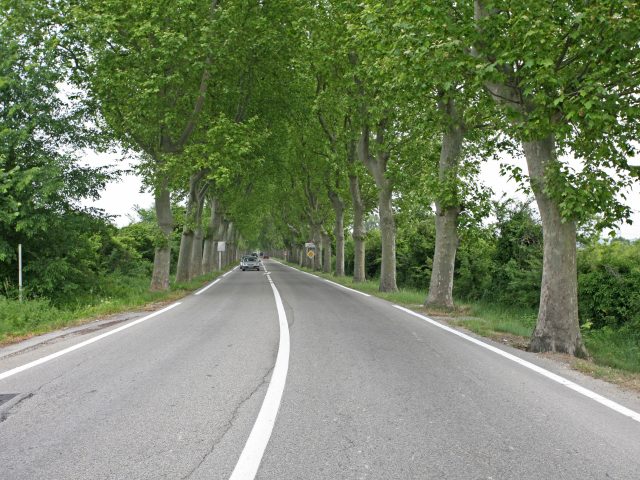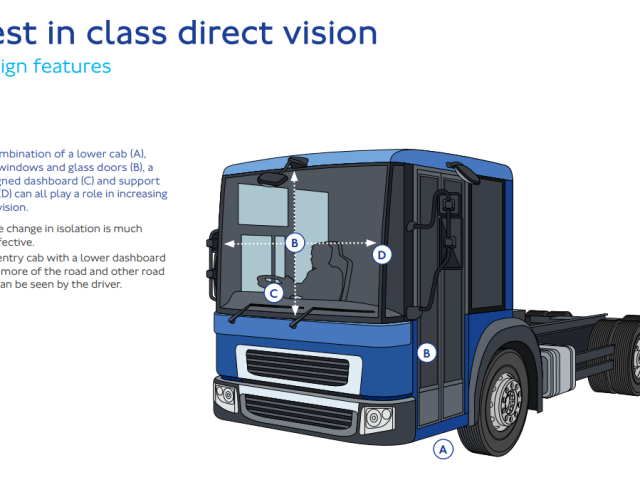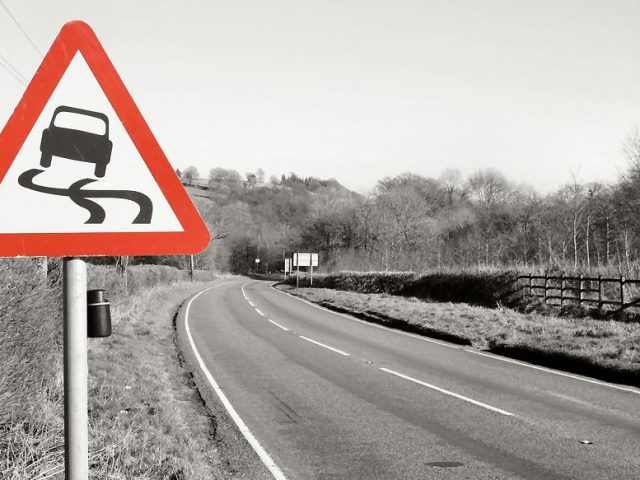Streets for life: UN Road Safety Week to promote 30 km/h speed limits
The benefits of 30 km/h urban speed limits are the theme of this year’s UN Road Safety Week which runs from 17 to 23 May. The campaign comes as the city of Paris has announced a plan to apply a city-wide default 30 km/h limit by early next year. The Brussels region introduced a similar change in January, and nearby Leuven has announced it will do the same within months.
The UN says low speed streets save lives and 30 km/h (20 mph) speed limits, where people and traffic mix, make for streets that are healthy, green and liveable, in other words, streets for life.
Officials from Bilbao, Spain announced last year that they would be the first city of more than 300,000 inhabitants to move to a universal 30 km/h limit on all roads. The measure was put in place on 22 September, and initial analysis has shown speed, air pollution and collisions all showing reductions when allowing for variations in traffic levels caused by the lockdowns. Earlier this month Bilbao won the second EU Urban Road Safety Award in recognition of its efforts on road safety. Nationally, Spain is also planning to make 30 km/h the default speed on single-carriage roads in urban areas across the country later this year, a change that has taken several years to be put into law.
ETSC has promoted 30 km/h as the appropriate default speed for areas with interaction between motor vehicles and vulnerable road users for many years. But also says that infrastructure changes and proper enforcement should be considered as key to long-term success in reducing real-world speeds.
A survey last month of municipalities in The Netherlands found that more than 80% believe that infrastructure changes are needed to implement 30 km/h zones properly, and have concerns about how to finance such measures. Sweco, an engineering consultancy, estimated that a fifth of 50 km/h roads in urban areas should be reduced to 30 km/h, and that in half of those the change could be achieved without major infrastructure changes. But the other half would require modifications – with an estimated cost of EUR 950 million.








